Info, news & debate
Year: 2017
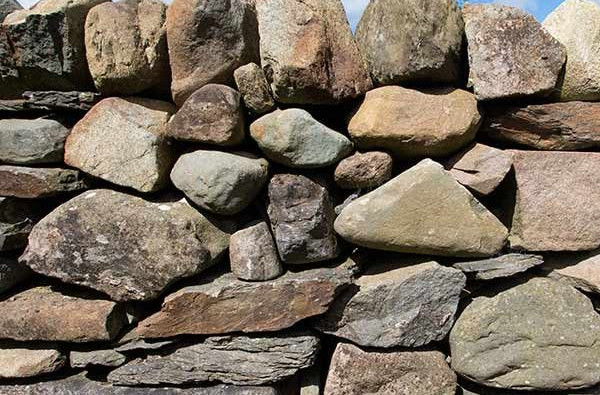
How to build or repair a dry stone wall
Dry stone walling involves either stripping and rebuilding existing walls that have fallen into disrepair, or gapping – repairing gaps where the wall has collapsed. Fewer new walls are built, although foundations sometimes have to be relaid.
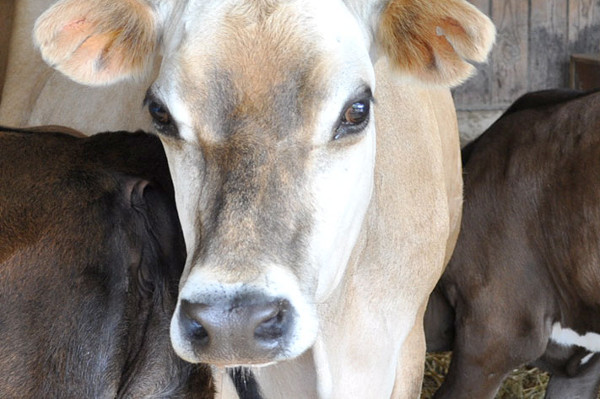
Cow-calf dairying part 2: how cows produce and give milk, and why they need their calves
In this second post in the series from the Smiling Tree cow-calf dairy we focus on how milk is synthesised and, importantly for cow-calf dairying, what triggers the release or ‘let down’ process.
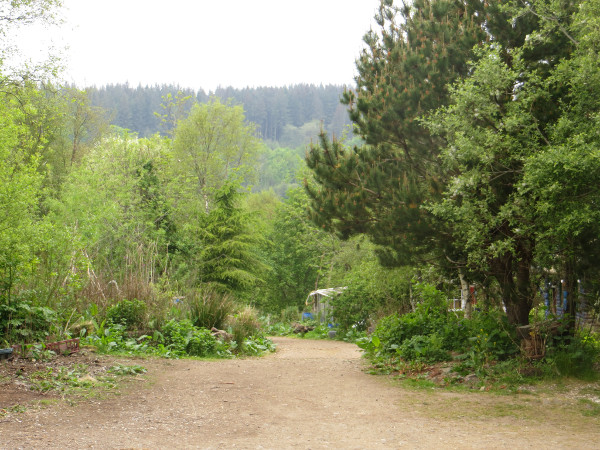
Would you like to become a member of a nature-based permaculture community on the Isle of Skye?
Since December 2016, I, Ludwig Appeltans am the proud owner and custodian of the most beautiful peninsula in Scotland.
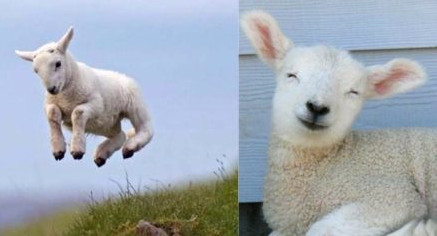
The Wool Journey Part 4: wool attributes amongst breeds, natural colour and health
In The Wool Journey Part 4, Sonja Bargielowska of Blacker Yarns at The Natural Fibre Company considers wool attributes amongst breeds, natural colour and the importance of a healthy flock.
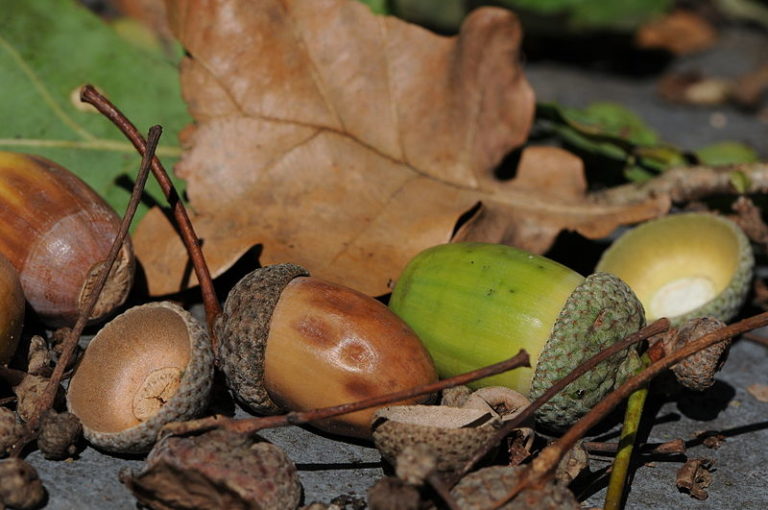
It’s a mast year!
In case you hadn’t noticed… it’s a mast year!
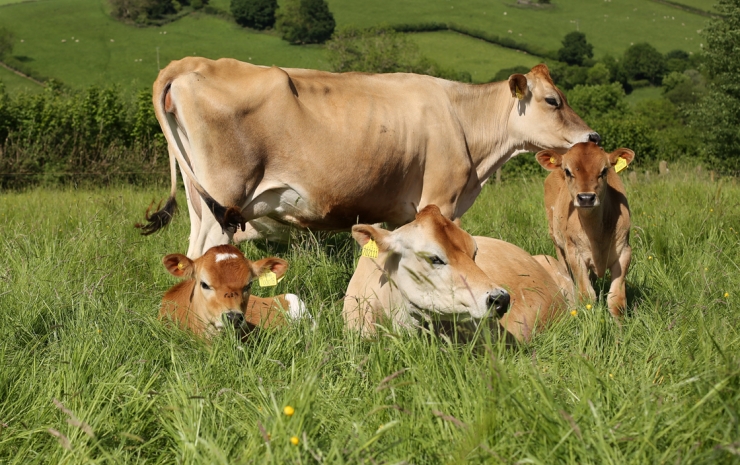
Cow-calf dairying part 1: the difference between conventional and humanely-produced milk
This is the first in a series of articles looking at the practicalities of producing ethical, cruelty-free milk by allowing dairy cows to keep their calves. In this post we cover why conventional dairy cows don’t keep their calves and why humanely-produced milk using cow-calf dairying is rare and costs much more to produce.
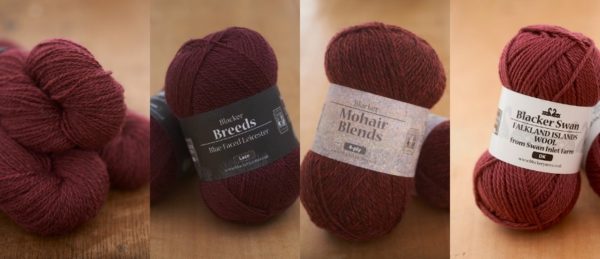
The Wool Journey Part 3: wool attributes – length, crimp and lustre
In the third of The Wool Journey installments based on an original post by Sonja Bargielowska at Blacker Yarns, The Natural Fibre Company leads us to consider length, crimp and lustre.
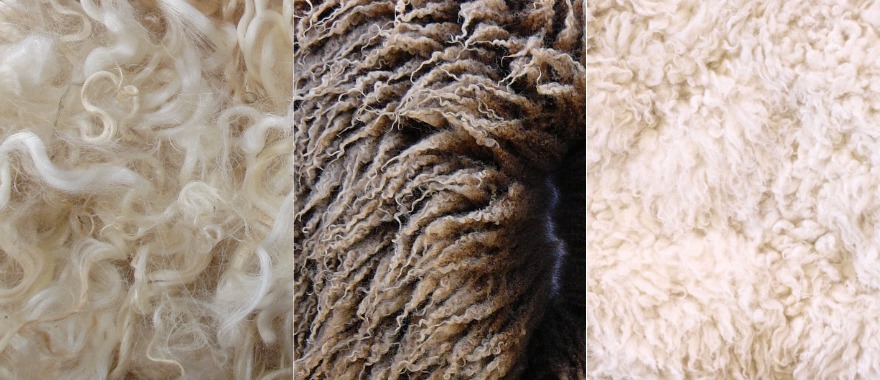
The Wool Journey Part 2: wool attributes – thickness
In the second installment of The Wool Journey guest blog posts from Sue Blacker and colleagues at The Natural Fibre Company, we learn about a key attribute: thickness.

Why the banks have so much power and how we can take it away from them
I mentioned a while ago that I’m enrolled on a MOOC (massive, open, online course) about banking and the money system. As promised, I’m blogging about some of the things that I’ve learnt (we’ve covered the definition and history of money so far).

The Trump administration is going to attack us if we try to restrict the imports of US genetically-modified food in any way
Linda Kaucher of Stop TTIP UK recently alerted us to the fact that the US government is determined to go into battle with any country that tries to restrict imports of its genetically-modified food.
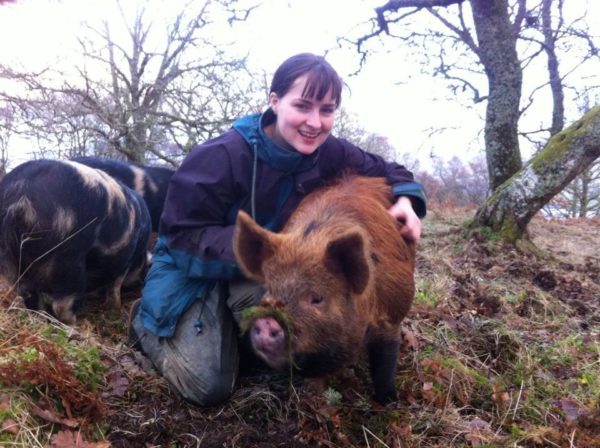
How the study of animal behaviour (ethology) can help you keep livestock more ethically and sustainably
I want to talk about something which can help us design more ethical and sustainable ways of keeping our livestock. It is a subject that has always fascinated me and, if you keep animals, I think you will find it fascinating too. It is the is the study the behaviour of animals, particularly in their …
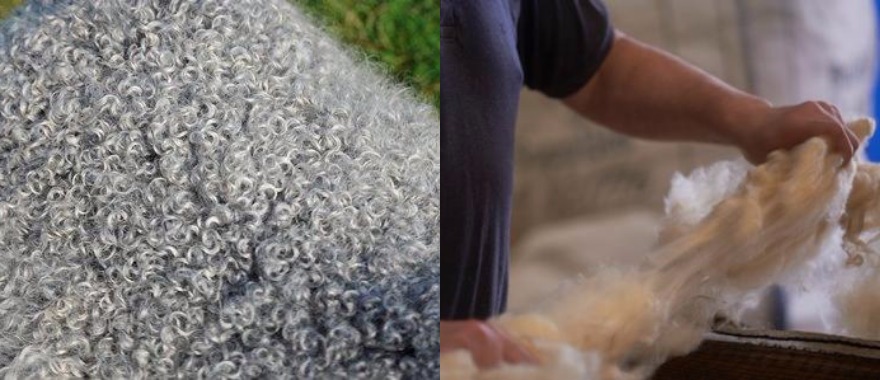
The Wool Journey Part 1: what is wool?
In the first of a series of guest blog posts from Sue Blacker and colleagues at The Natural Fibre Company, we invite you to embark upon The Wool Journey, exploring the what, how and why of all things wool.
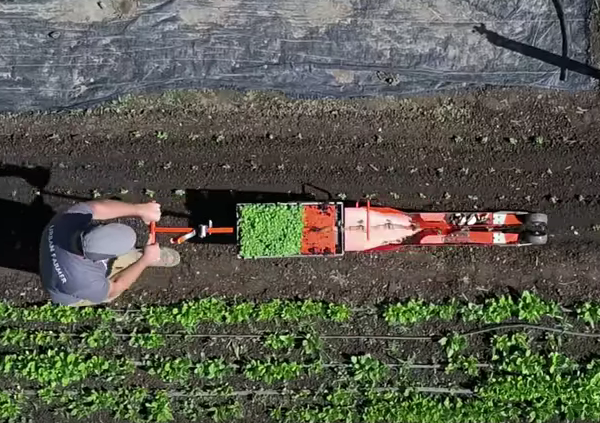
Could the ‘paperpot transplanter’ be a boon for small farmers or is it just a gimmick?
How about a human-powered tool that allows you to plant out 264 young plants per minute (!) without bending over? The paperpot transplanter, developed in Japan, allows you to do just that (if 264 seems a bit precise, it’s because each little paper chain contains 264 pots).
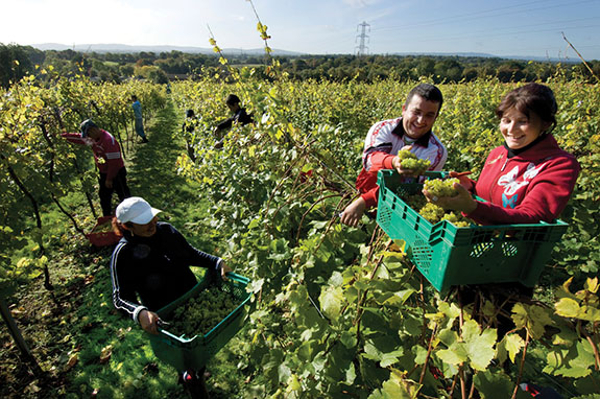
Should we be reliant on cheap foreign labour to work on our farms, or is there a better way to feed ourselves?
Recently The Guardian ran an article by John Harris called “They say after Brexit there’ll be food rotting in the fields. It’s already started.” To summarise, John is saying Brexit has made the UK look an unfriendly place to our European neighbours and with the increasing financial fortunes of eastern European nations, farm workers are …
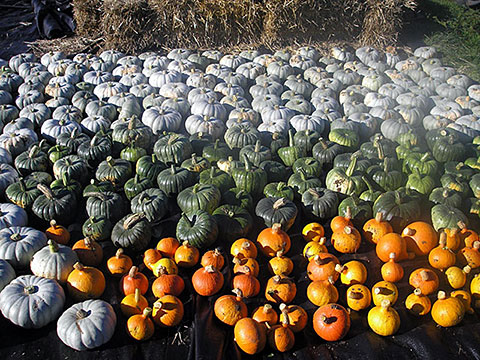
So you want to be a farmer? Thirteen words of wisdom from me to myself
In this post based on an original at Small Farm Future, farmer Chris Smaje relates words of wisdom curated as part of a talk he gave at the Oxford Real Farming Conference in 2016.
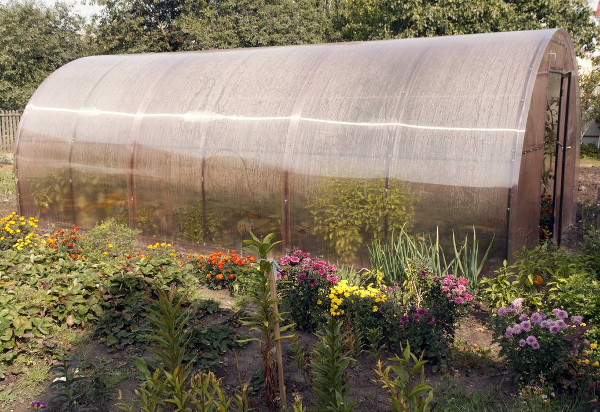
What to sow, plant and harvest in your polytunnel or greenhouse in September
Your tunnel or greenhouse is likely to get a little bit out of hand during this month, with most crops not being at their prime any longer. Pests and diseases are also spreading much faster than before. You have to decide which plants to clear and which ones to leave a bit longer.

Fruit & vegetable growing guide for September
September is the end of summer although we’re often lucky to have an Indian summer with blue skies and sunshine, nothing is certain with the weather. The bulk of the harvest comes home now and as crops come out the plot begins to empty.
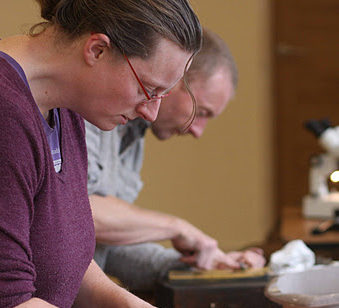
An introduction to tool sharpening with Robin Wood
“A sharp tongue is the only edge tool that grows keener with constant use.” So said the American writer and diplomat Washington Irving. In this post, we explore the importance of tool sharpening in woodworking with artisan Robin Wood MBE.

Should we not mention what’s happening to the biosphere, in case it scares the mainstream?
This is a question for anyone working in the field of environmental sustainability. What’s actually happening to the biosphere, how bad is it, and should we tell people or keep it quiet?

Tips for safe wild mushroom foraging this autumn
In this post, I’m sharing some of my recent explorations into the subtle nuances and helpful tips for safe mushroom foraging this autumn. Now, I don’t want to scare you, but I do think it’s very important.
